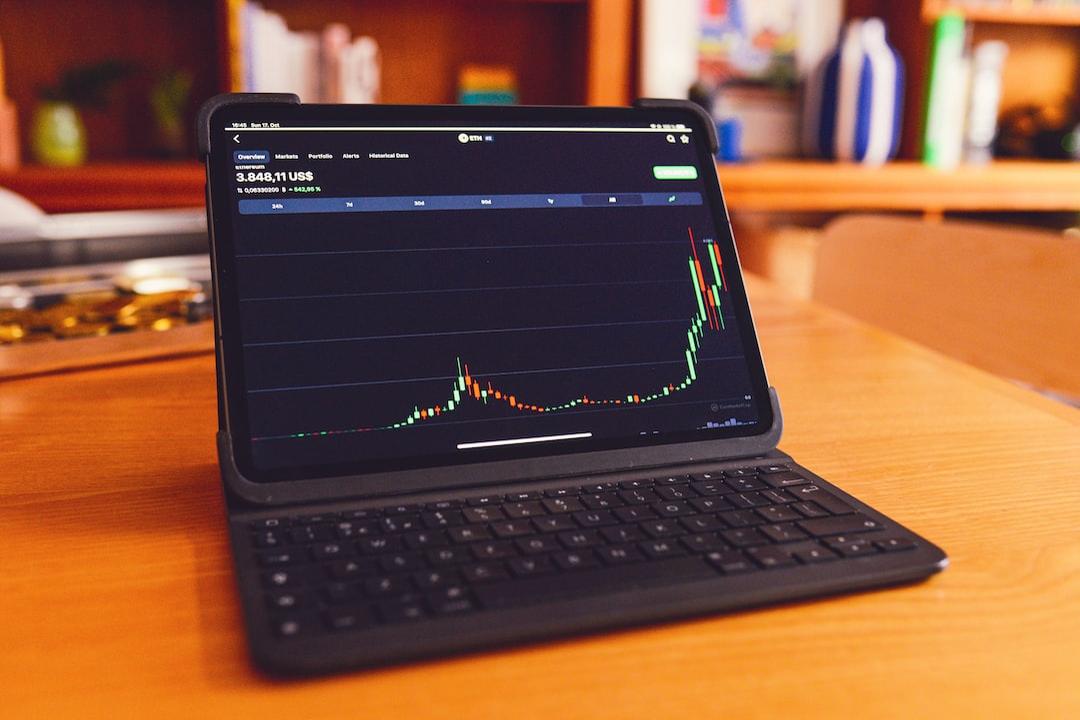Casey Rodarmor, the creator of Bitcoin script language Ordinals, announced yesterday that if the market value of the RuneStone ecosystem fails to reach $1 billion within a month of its release, he will commit seppuku.
(Prior summary:
Bitcoin RuneStone became the fourth-largest NFT within three days of its listing, with a market value exceeding $3 billion.
)
(Background supplement:
Beyond BRC20 Ambitions? Understanding the Past and Present of Bitcoin Script Protocol Runes
)
Table of Contents
Casey: RuneStone Ecosystem’s Market Value to Reach $1 Billion in the First Month
What is the Runes Protocol?
Advantages of Runes
Casey Rodarmor, a Bitcoin advocate, launched the Bitcoin script protocol Ordinals and its derivative protocol BRC-20 tokens in December 2022, which caused a stir within the community. The first BRC-20 token, ORDI, experienced a nearly 2,000-fold increase in value after its listing on the Binance exchange.
However, the success of the Ordinals protocol also faced criticism. In September last year, Bitcoin Core client developer Luke Dashjr strongly opposed it, attempting to classify the script language as a Bitcoin vulnerability and intending to fix it. This became the biggest external crisis faced by the Ordinals and other Bitcoin script protocols at the time.
In response to this situation, Casey introduced an improved version of Ordinals called Runes in September last year. He claimed that Runes could reduce the creation of a large number of “garbage” UTXOs and provide a better, lighter, and more concise asset issuance solution compared to the previous experimental BRC-20 protocol.
Further reading:
“Summer of Script Language”: 15 Images Reviewing the Pandora’s Box of Ordinals Opening the BTC Ecosystem
Casey: RuneStone Ecosystem’s Market Value to Reach $1 Billion in the First Month
Earlier, Casey announced that the Runes mainnet would launch in late April, coinciding with the latest Bitcoin halving. However, yesterday (26th), he made a bold statement, declaring that the market value of Runes would exceed $1 billion in the first month after launch; otherwise, he would commit seppuku.
What is the Runes Protocol?
Casey Rodarmor summarized the biggest feature of the “Runes” protocol in one sentence:
Casey believes that if the protocol has a smaller on-chain “footprint” and promotes trusted UTXO management, it may reduce “harm” compared to the existing Bitcoin FT protocols. At least, the popularity of BRC-20 has already generated a large amount of “garbage” UTXOs.
The core idea behind Runes is to minimize its on-chain footprint while encouraging users and developers to adopt practices that optimize UTXO usage, aiming to seamlessly integrate with the fundamental structure of Bitcoin itself. The main advantage of Runes is its potential to promote responsible UTXO management and curb the generation of problematic UTXOs that are currently clogging the Bitcoin network.
Currently, the largest unofficial marketplace for Rune transactions is Rune Alpha. Users can view various Rune floor prices, price changes within 24 hours, trading volume, total market value, and total supply on the platform. They can also choose to issue, engrave, buy, sell, and stake Runes.
Further reading:
Bitcoin’s New FT Protocol “Rune” Debuts – Founder of Ordinals Reaches His Limit with BRC

Related Reports
M6 Research Report: How Does Bitcoin Halving Affect the Market? What Opportunities Exist in the BTC Ecosystem Now?
Will Bitcoin “Runes” Succeed the Script Language Craze? Analyzing the Runes Protocol and Potential Alpha
After the Bitcoin Script Language Craze, What Narratives Does the BTC Ecosystem Still Need?


